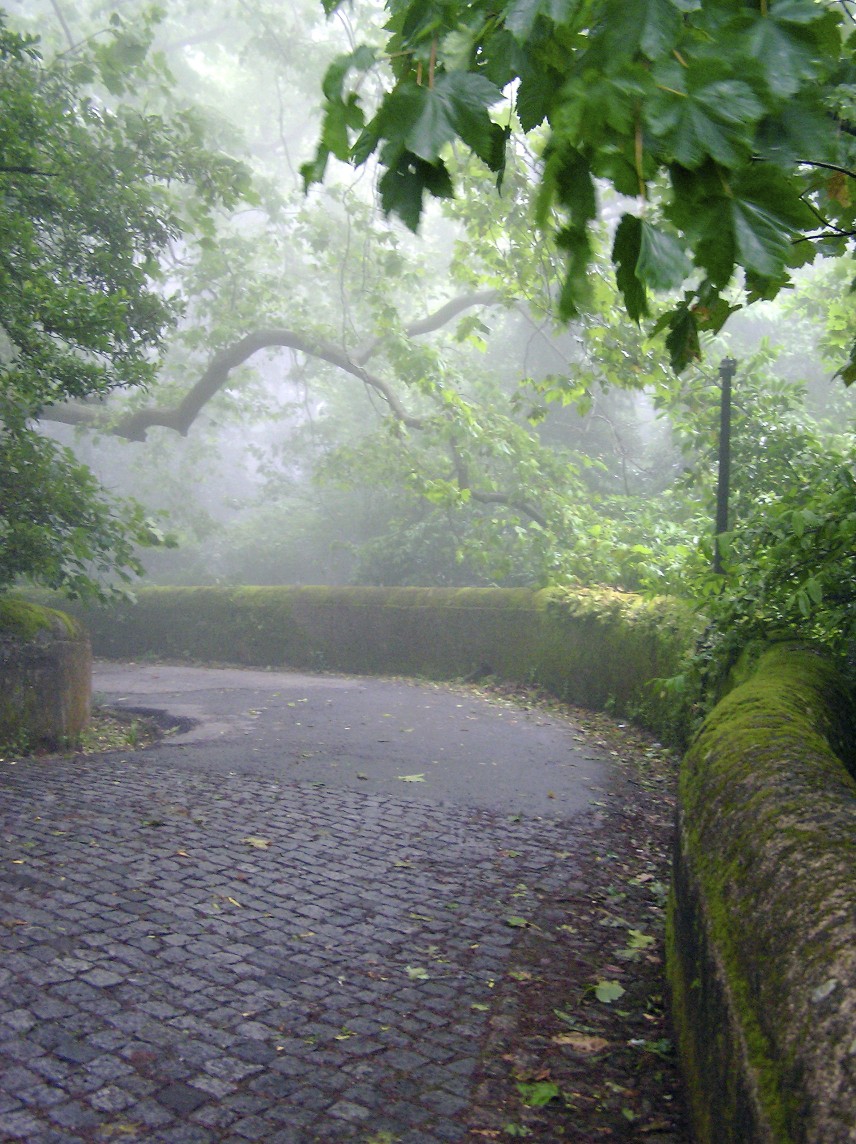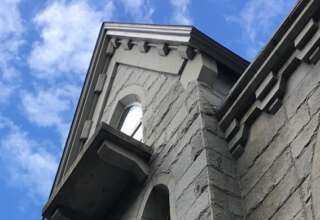
Our reflection on the role played by culture as a container takes us to a somewhat different place. The culture of our organization (or family or clan) provides a structure and process for finding meaning and purpose in the anxiety. We find out why we are anxious and can better identify the source of the anxiety. This assignment of meaning and etiology (cause/source) might not be accurate. Culture does a great job of imagining the size and shape of the imagined lion and shows us, like Tarzan in the 1940s movies, how we are going to defeat the lion with our own bare hands. What culture does do is reduce our anxiety about anxiety (such as a sanctuary accomplishes). This reassurance can, in turn, lead us to a constructive metabolism of the anxiety. It can, on the other hand, lead us astray. We believe that we really have identified the lion and its true intent. And we have identified the Tarzanian person, group or policy that will defeat or at least adequately defend us against the attacking lion.
This first set of proposals regarding how anxiety is contained can be supplemented by many other side-strategies of containment – such as keeping the anxiety from spreading to other factions inside or outside the organization and recognizing that specific anxiety-reducing services should be provided to members of the organization (such as provision of employee assistance programs) or to the entire organization (such as an organization-wide picnic or award ceremony). More generally, containers provide direction for how anxiety will get addressed on a daily basis in the organization. This is where culture plays a key role.
Menzies Lyth (1988) suggested that anxiety gets addressed on a daily basis through the “social defense system”—that is, the patterns of interpersonal and group relationships that exist in the organization. Other organizational theorists and researchers, for example Deal and Kennedy (2000) and Schein (1992), similarly suggest that the rituals, routines, stories, and norms (implicit values) of the organization help members of the organization manage anxiety inside the organization. Yet, these rituals, routines, stories and norms are not a random assortment of activities. Rather, they cluster together and form a single, coherent dimension of the organization—they create meaning as well as contain anxiety. This single, coherent dimension resides at the heart of the organization’s culture.
As Edgar Schein (1999) has noted, the culture of an organization is the residue of the organization’s success in confronting varying anxiety-producing conditions in the world. To the extent that an organization is adaptive in responding to and reducing pervasive anxiety associated with the processes of organizational learning and related functions of the enterprise, the existing cultures of this organization will be reinforced, deepen and become increasingly resistant to challenge or change. It is in this way that organizational culture and organizational containers produce the most effective solutions for addressing the anxiety and sources of anxiety facing the organization. And it is the organization’s leader who plays the critical role of creating and maintaining the container and providing the metabolism of the anxiety—and it is to this remarkable and perhaps mysterious metabolism that I will first turn—but first a personal note.
I find Menzies Lyth insights to be particularly helpful in my own work with organizations that tend to generate considerable anxiety—either because of the nature of the work being performed or clients being served, or because of the challenges being faced by the organization in our VUCA-Plus environment. I find that anxiety is likely to high in educational organizations, prisons, asylums and medical facilities. It is anxiety-provoking to be a student, prisoner, mental patient or medical patient. It is equally anxiety-provoking to be someone who is serving these men, women and children. I also find high levels of anxiety in organizations such as churches, high tech organizations and human service agencies that confront VUCA-Plus related matters on a daily basis.
I am often called to work with anxiety-filled organizations as an organizational consultant or leadership coach. I find that organizational culture plays a very powerful role in each of these organizations. I have written frequently about the cultures being formed (e.g. Bergquist, 1993; Bergquist, Guest and Rooney, 2003; Bergquist and Brock, 2008; Bergquist and Pawlak, 2008) and have prepared many reports describing the nature and dynamics of these cultures for use by the leaders of these organizations.
It is clear to me that organizational culture and leadership go hand and glove in seeking to contain anxiety and that the metabolism that often takes place (or doesn’t take place) is strongly influenced by organizational culture. With this final, personal observation in place, I turn to a more specific description of the wide diversity of containers that are available and to the equally wide diversity of temporary settings that can be established. These containers and settings serve not only as a venue for the transformation of anxiety but also serve as a venue for experimenting with and gaining a sense of true freedom.
Conclusions: Containers as Sanctuaries
Fundamentally, I would suggest that containers operate as Sanctuaries. Bion’s container and Eilser’ Chalice are safe places in which to not only find renewal, but also new learning. Furthermore, as I am about to note, sanctuaries have played important roles throughout human history.. Vulnerability, uncertainty, complexity, ambiguity, turbulence and contradiction are not new to us living in the mid-21st Century. We need only go back to the 1930s with World War II looming in the near future and the world limping its way out of a major recession. And we are not the first people to yearn for sanctuary. There was a strong need for sanctuary during the VUCA-Plus times of the 1930s– as captured in the popular film, Lost Horizons. Ronald Colman played the role of a very successful British statesman who is kidnapped and taken to a remote land called “Shangri-La.”
For Colman, as for many of us, this location held great attraction. It was free of pain and strife. Shangri-La also provided an opportunity for reflection on the complex and turbulent world outside, while giving those who entered its cloistered walls (in this case, a hidden valley) the opportunity for personal growth and renewal. Colman, like many of us who have created or stumbled into “Shangri-La,” found that the hardest part is leaving and returning to a world that he no longer appreciated. However, “Shangri-La” like all sanctuaries exists precisely because of our need to remain engaged in an active life in which we address the critical needs and concerns of our family, our organization and our community—and in which we continue our journey to true freedom.
________________________








